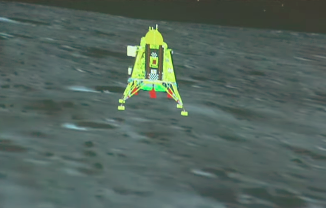
Chandrayaan-3 on Moon's south pole
New Delhi: Indian scientists made history with the successful soft landing of Chandrayaan-3 on the Moon’s surface for which the process started at the scheduled 17:44 hours (Indian Standard Time) today. A jubilant Indian Space Research Organisation (ISRO) stated on X: ‘I reached my destination and you too!’: Chandrayaan-3‘.
After the soft landing, ISRO said the communication link was established between the Chandrayaan-3 Vikram Lander and Mission Operation Complex -ISRO Telemetry, Tracking and Command Network (MOX-ISTRAC), Bengaluru. ISRO also released the following four images from the Lander Horizontal Velocity Camera taken during the descent.
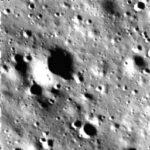
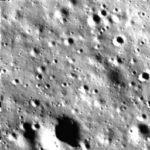

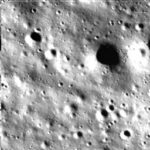
Another image captured by the Landing Imager Camera after the landing (see below) shows a portion of Chandrayaan-3’s landing site. Seen also is a leg and its accompanying shadow.
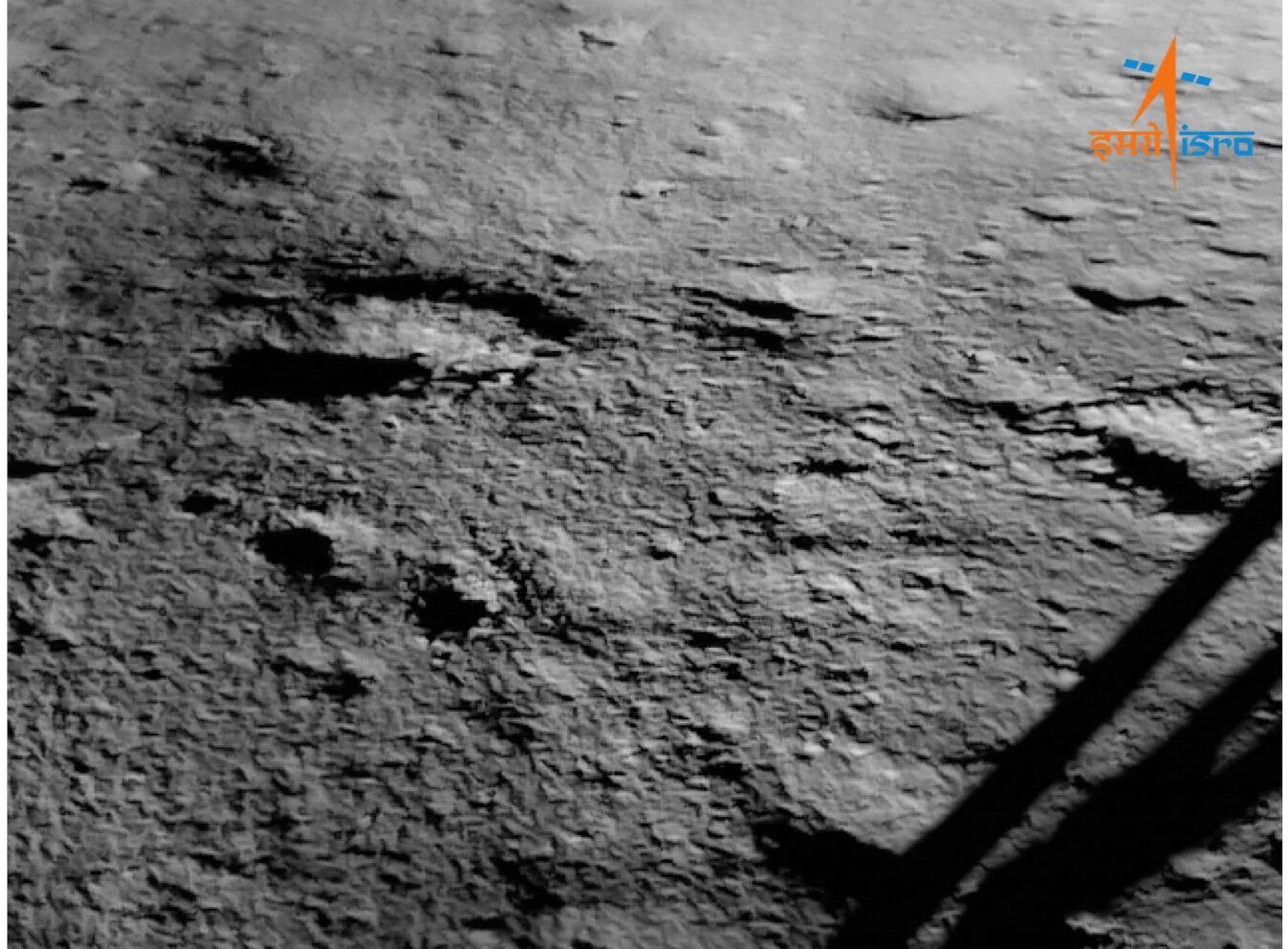
Earlier in the day, the Automatic Landing Sequence (ALS) was initiated and scientists awaited the arrival of the Lander Module (LM) at the designated point, around 17:44 hours IST. Upon receiving the ALS command, the LM activated the throttleable engines for powered descent. The mission operations team kept confirming the sequential execution of commands.
The entire operation at MOX was telecasted live from 17:20 hours onwards (IST).
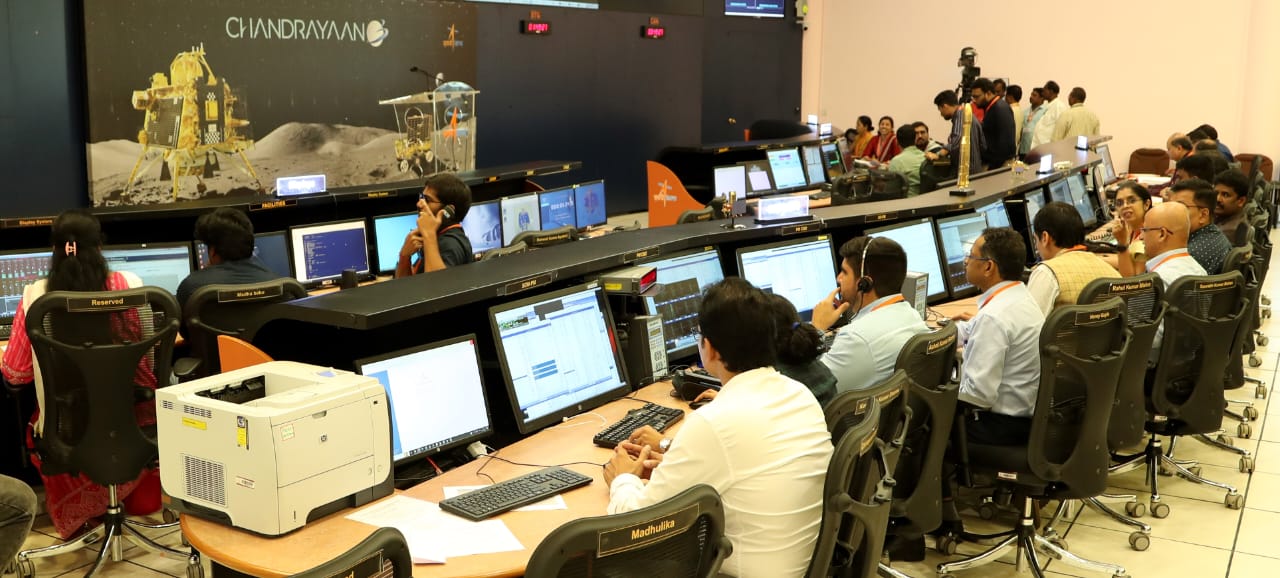
With the successful soft landing, India also became the first-ever country to reach the south pole of the moon, an achievement that Russia tried to accomplish only last weekend, on August 19, 2023, but failed. Today, India became the fourth country after the United States of America (USA), the erstwhile Union of Soviet Socialist Republics (USSR), and China, to land a spacecraft on the moon.
It may be mentioned that Chandrayaan-3 is a follow-on mission to Chandrayaan-2 to demonstrate end-to-end capability in safe landing and roving on the lunar surface. It consists of Lander and Rover configuration and the mission’s three objectives are to: demonstrate a safe and soft landing on the lunar surface; demonstrate rover (Pragyan) roving on the moon and; conduct in-situ scientific experiments. Chandrayaan-3 chose a relatively flat region on the lunar surface for the soft landing.
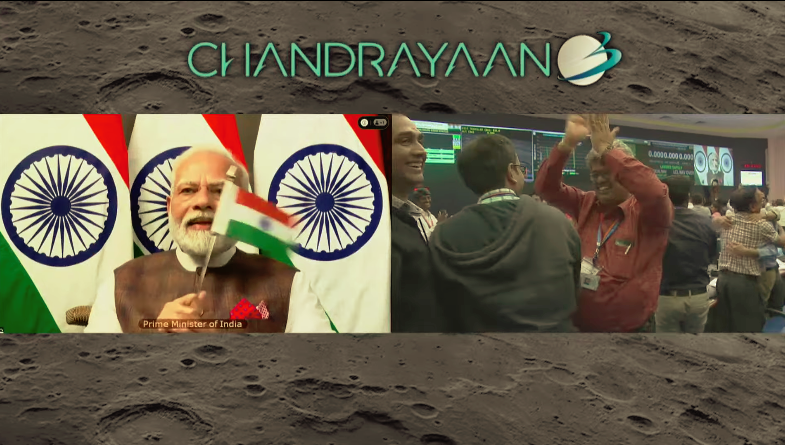
Prime Minister Narendra Modi joined the ISRO team via Video Conferencing from Johannesburg, where he is participating in the BRICS Summit, to witness the landing of Chandrayaan 3 on the Moon’s surface today. Immediately after the successful landing, Modi addressed the team and congratulated them on the historic achievement.
“Our moon mission is based on a human-centric approach. Therefore, this success belongs to all of humanity,” he said.
The Prime Minister also highlighted setting ambitious goals for the future and informed that ISRO is soon going to launch the ‘Aditya L-1’ mission for a detailed study of the Sun. He also touched upon Venus being one of ISRO’s goals. “India is proving again and again that the sky is not the limit”, the Prime Minister said as he highlighted Mission Gaganyaan where India is fully prepared for its first human space flight mission.
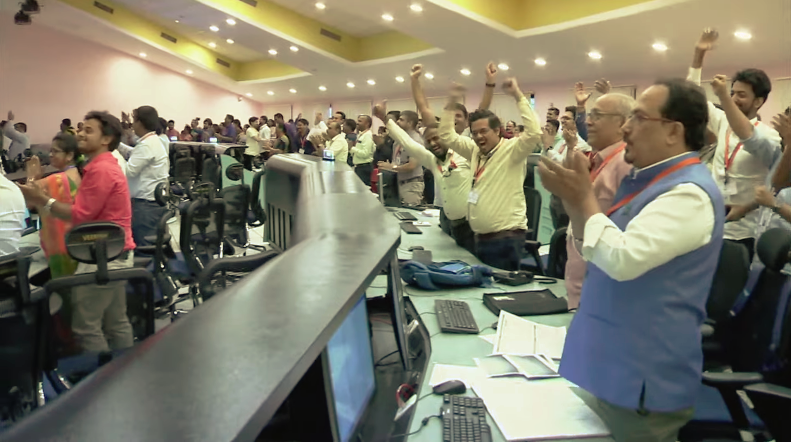
Soon after the successful landing, there were celebrations inside the MOX as well as all around India, with people taking to social media platforms to proudly greet each other and be a part of this historic moment. The President, Droupadi Murmu, joined the people in the celebrations and conveyed her congratulatory message to ISRO and everyone associated with the Chandrayaan-3 mission. In her message, the President said, “There are days when history is made. Today, with the successful moon landing of the Chandrayaan-3 mission, our scientists have not only made history but also remade the idea of geography! It is truly a momentous occasion, the kind of event that happens once in a lifetime, making all Indians proud. I congratulate ISRO and everybody involved in this mission and wish them greater accomplishments ahead”. She said the success of Chandrayaan was also a major achievement for the whole of humankind. “It shows how India has harnessed its rich traditional knowledge base along with modern science in the service of humanity,” she added.
Vice President Jagdeep Dhankhar in a message conveyed his “heartiest congratulations to ISRO and all fellow Indians” on the successful landing of Chandrayaan -3 on the southern pole of the Moon.
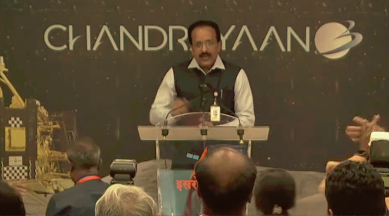
Union Minister of State for Space, Dr Jitendra Singh, complimented ISRO Chairman, Dr S. Somanath, Mission Director, Dr Mohan Kumar and the entire Team ISRO for having placed India’s national pride on the Moon in the virgin terrain of the South Polar area, not accessed by any other space mission so far. He said it is difficult for common citizens to understand how much consistent labour, hard work, commitment and passion have been put in while working day and night for months and years together to ensure meticulous planning and the minutest details for the success of the mission. He said that after today’s successful feat, India has reaffirmed its position as the world’s frontline leading nation in the Space sector.
Dr Singh further informed that the Vikram has landed in a hazard-free location with the help of its algorithm and instruments and the tilt to the Lander is very small as measured by the inclinometers onboard. While the cameras onboard the Vikram have beamed the pictures of the moon and confirmed the touchdown, the confirmation is available from other sensors as well, he added.
Narrating the further sequence of activities from this moment onwards, Dr Jitendra Singh said, the experiments onboard ‘Vikram’ and ‘Pragyan’ will be happening on all days and as much data will be collected from all instruments until the Moon’s Day lasts for the next 14 days.
On the Lander, the Minister informed that the instruments in operation included
- CHASTE (Chandra’s Surface Thermo-Physical Experiment) to carry out the measurements of thermal properties of the lunar surface near the polar region;
- LRA (Laser Retroreflector Array);
- RAMBHA-LP- a Langmuir Probe to measure surface plasma density, a laser reflector mounted on the corner of the ‘Vikram’ for accurate positioning measurement of Lander on the Lunar surface by future orbiters;
- ILSA – Instrument for Lunar Seismic Activity to measure seismicity around the landing site and to understand the structure of the lunar crust and mantle;
- LIBS- Laser Induced Breakdown Spectroscopy to determine the elemental composition (Mg, Al, Si, K, Ca,Ti, Fe) of Lunar soil and rocks around the lunar landing site;
- APXS – Alpha Particle X-Ray Spectrometer to measure the chemical composition and mineralogical composition to further enhance our understanding of Lunar-surface; and
- SHAPE – Spectro-polarimetry of HAbitable Planet Earth to study the spectro-polarimetric signatures of the habitable planet Earth in the near-infrared (NIR) wavelength range (1 – 1.7 μm).
– global bihari bureau





